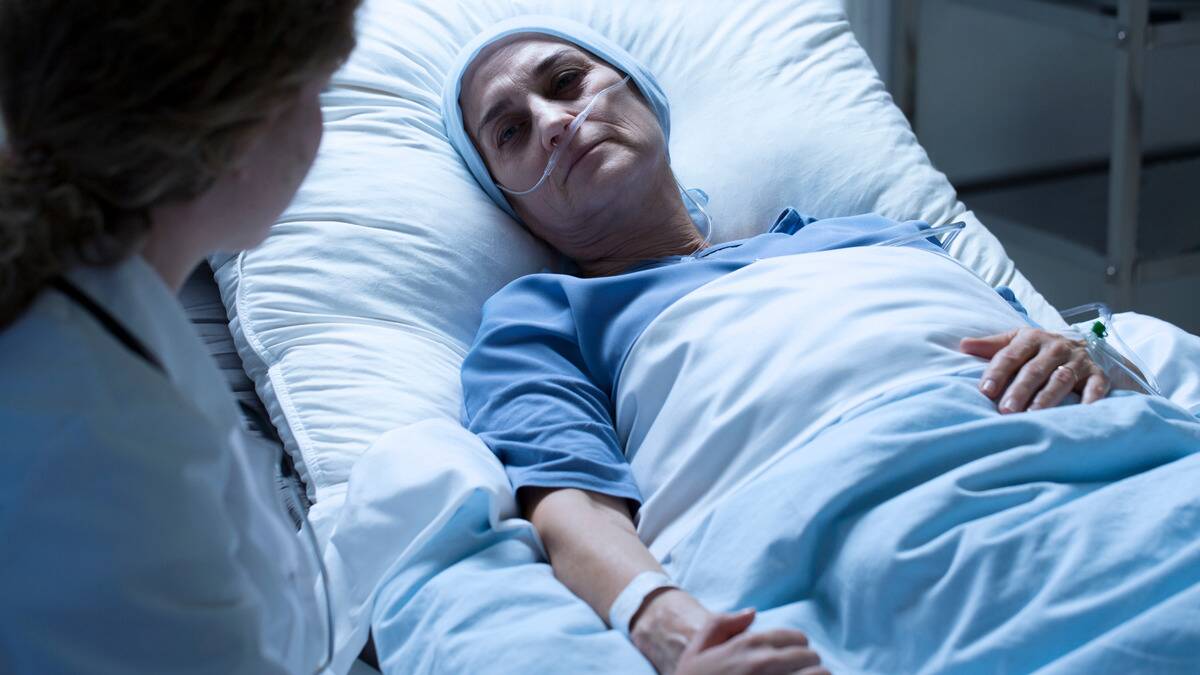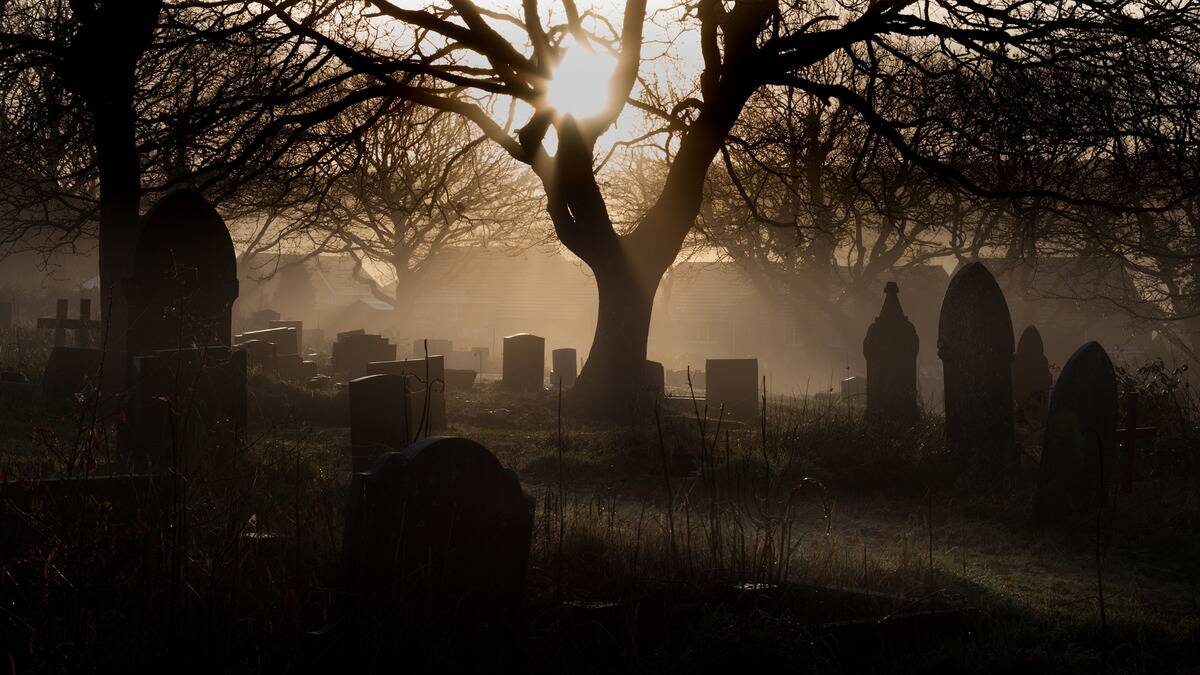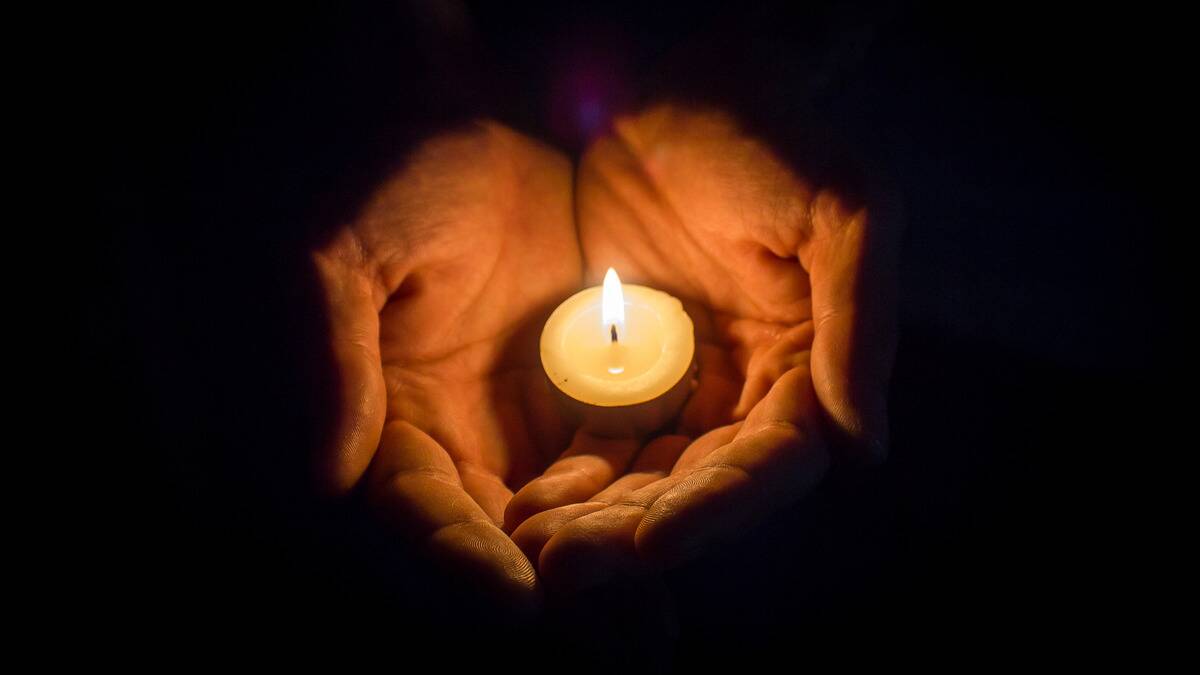People See Ghosts Before They Die, Here’s What It Means
We all have to handle death at one point in our lives. Someone we know dies, someone we know has someone important to them who dies, there's a death that sparks a national reaction, we can't escape its presence. Still, despite it being such a universal experience, there are many, many things we don't know about death and dying.
There's a lot that happens to our brains when we're in the process of passing away, things that researchers still haven't found a definite cause for, some much spookier than others.
Handling grief is one of life's toughest challenges, but you don't have to do it alone. There are supports ready for you to use, and there are simple, free places where you can start your healing journey.
This quick, easy audio program is designed to help you overcome the challenges you face by giving you the confidence to do so. Click here to learn more today and see what awaits you on your path!
Fading Days

If you've ever been around a loved one who was dying, especially due to an illness or old age, where they're bound to a hospital bed, only seeing you when you can visit, you might have noticed something peculiar happening as they reached the end of their life. They might claim to have seen ghosts.
It's most often someone they once knew, usually a spouse or family member. They'll swear they saw that person in the same room as them, sometimes even talking to them, and their response can range from comforted to frightened to sorrowful.
What They See

Why is this such a common phenomenon, though? Why do people see ghosts on their deathbeds?
A 2014 study from Canisius College interviewed 66 patients at the Center for Hospice and Palliative Care in Cheektowaga, New York, in an attempt to understand why the dying see the dead.
They called these spectral sightings 'end-of-life dreams and visions,' or ELDVs for short, and the first thing they noticed was that the most common ELDVs were of deceased relatives or friends.
Right Beside Them

The study also revealed that nearly half of these ELDVs happened while asleep, making them more akin to dreams, but still proving to be as impactful as waking visions, as almost all patients reported their ELDVs feeling extremely real.
More peculiarly, most of the respondents found these visions to be very comforting. The ELDVs featuring friends/relatives who had passed were considered more comforting than those featuring still-living friends/relatives or a combination of the two.
Their last finding was that ELDVs increased in frequency and prevalence the closer the patient was to death.
A Guiding Force

Rebecca Valla, a psychiatrist who spoke to The Washington Post, discussed these findings, especially the level of comfort a patient would find in ELDVs pertaining to people who have already passed.
"Those who are dying and seem to be in and out of this world and the 'next' one often find their deceased loved ones present, and they communicate with them. In many cases, the predeceased loved ones seem [to the dying person] to be aiding them in their 'transition' to the next world."
Too Much Unknown

We still have little knowledge about the specifics of what happens in the mind of someone who's dying. The conscious state of the dying remains a mystery, making it difficult to draw any specific lines between chemical changes in the brain and experiences that appear unique to a fading consciousness. This being a phenomenon surrounded by so many unknowns makes it all the more fascinating.
Or, alternatively, frustrating. For researchers, that is, as trying to study near-death experiences is nigh impossible. Despite this, scientist Christof Koch tried his best to explain why he believes ELDVs have to do with electrical activity in the brain that falters as the mind decays.
Don't let a lack of confidence ruin your chance at a fulfilling future, click here to start your personal growth journey today!
One At A Time

"Like a town that loses power one neighborhood at a time, local regions of the brain go offline one after another. The mind, whose substrate is whichever neurons remain capable of generating electrical activity, does what it always does: it tells a story shaped by the person's experience, memory, and cultural expectations," he told Scientific American.
That's another reason why the patients often find these visions comforting. They can be memories from the past, a blast of nostalgia that brings ease and familiarity to a mind that's otherwise struggling in the moment.
Moments Of Joy

David Harrison, a hospital chaplain, told The Guardian, "So many people have told me about seeing a dead relative as they were going for an operation or were close to death, and feeling reassured that things would be okay. Relatives have told me how the dying person behaved as if they could see someone else in the room. It wasn't a look of fear, but of curiosity or even recognition and pleasure."
Despite the peace it can bring for the person having the visions, being a loved one witnessing this behavior can still be stressful, so what can you do about it? What's the best response?
Let Them Rest

First, trying to argue with the patient that these people 'aren't really there' will not help. It could even rile the patient up, making them very distressed, angry, confused, or upset that you're casting doubt on their perceived reality.
Instead, ask them about what they're seeing (so long as you can tell their ELDV didn't upset them). Who was it? What did they say? How did that make you feel? How are you feeling now? Show interest in their ELDV, and let them sit in the warm comfort it brought them. It'll feel strange, but if it means soothing an otherwise weary mind, it's well worth it.
A Final Comfort

Dealing with death from any side is never easy, and it'll never be easy. Even if we have perfect scientific explanations for every phenomenon surrounding death, that won't make handling it any better. We'll all still feel pain, loss, grief, sorrow, anger, frustration, and much more once it's happened.
Instead of getting ahead on the pain you'll already be feeling, why not spend the time comforting the person who's dying while they're still alive? By ensuring their final days are spent surrounded by people who love them, you can at least know they didn't die suffering. They died with care, with comfort, and with love in their heart until their last breath.

To sign up for the Higher Perspectives weekly newsletter and get more articles delivered right to your inbox, click here.





